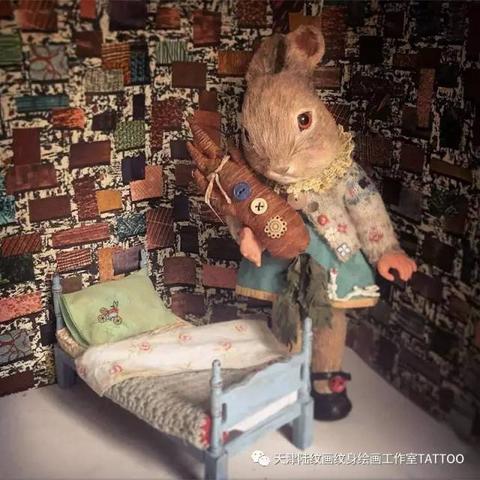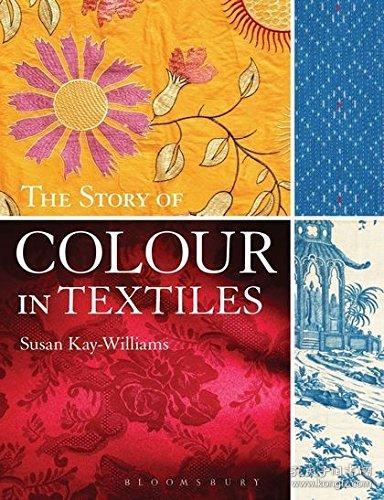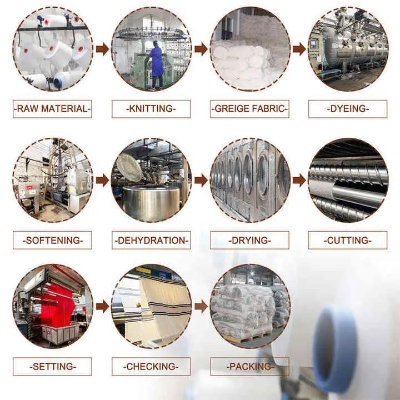How to Remove Mold and Mildew from Textiles
Mold and mildew are common contaminants on textiles, causing damage to fabrics such as clothes, curtains, and upholstery. The removal of mold and mildew from textiles requires a combination of cleaning techniques and preventative measures.,To remove mold and mildew from textiles, first identify the source of the problem. If it is coming from a damp area, such as a bathroom or kitchen, it is essential to dry out the area and reduce moisture levels. Once the moisture is removed, use a mixture of water and white vinegar to clean the affected area.,For more stubborn stains, mix baking soda with water to create a paste and apply it to the affected area. Leave it for 30 minutes before washing with a detergent.,To prevent mold and mildew from forming in the future, maintain good ventilation and avoid storing wet items in dark, damp places. Use airtight containers and keep them away from direct sunlight or heat sources.
Introduction: Mold and mildew are common issues that can damage textiles, making them unusable. They can also pose health risks to humans and pets. In this guide, we will discuss the best ways to remove mold and mildew from textiles.
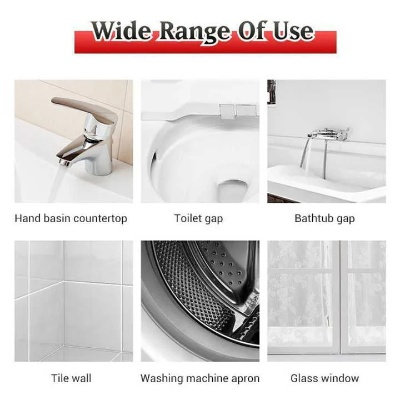
Step 1: Identify the Source of Mold and Mildew The first step in removing mold and mildew is identifying the source of the problem. This can be done by examining the affected textiles closely and looking for signs of moisture or dampness. It is important to note that some types of mold and mildew can be difficult to see, so it may be necessary to use a magnifying glass or other tools to identify the source.
Step 2: Clean the Area Once the source of the mold and mildew has been identified, it is important to clean the area thoroughly. Use a cleaning solution that is specifically designed to remove mold and mildew. Be sure to follow the instructions on the cleaning solution label carefully.
Step 3: Dry the Area After cleaning the area, it is important to dry it completely. Use a fan or hair dryer to speed up the drying process. Be sure to check the area regularly to ensure that it is completely dry.
Step 4: Apply Anti-Mold and Anti-Mildew Treatments If the mold and mildew persist, it may be necessary to apply anti-mold and anti-mildew treatments. These treatments can be applied directly to the affected area or used as a pretreatment before cleaning. Be sure to follow the instructions on the product label carefully.
Table 1: Common Types of Mold and Mildew and Their Effects on Textiles | Types of Mold and Mildew | Effects on Textiles | |------------------------|-----------------| | Aspergillus | Dense growth, discoloration, reduced strength | | Penicillium | Smaller colonies, discoloration, reduced strength | | Stachybotrys | Large colonies, discoloration, reduced strength | | Cladosporium | Dark patches, reduced strength, poor appearance | | Alternaria | Small patches, discoloration, reduced strength | | Fusarium | Large patches, discoloration, reduced strength |
Case Study: John was having trouble with his favorite shirt after he moved into a new apartment. The shirt had developed a musty smell and had started to look faded. He decided to try a few different methods to remove the mold and mildew.
First, John cleaned the area with a cleaning solution designed for removing mold and mildew. He then dried the area thoroughly with a hair dryer. Finally, he applied an anti-mold and anti-mildew treatment to the affected area. After several days, the musty smell disappeared and the shirt looked like new again.
Conclusion: Removing mold and mildew from textiles can be a challenging task, but with the right tools and techniques, it is possible to restore them to their original condition. By following the steps outlined above, John was able to successfully remove the mold and mildew from his favorite shirt.
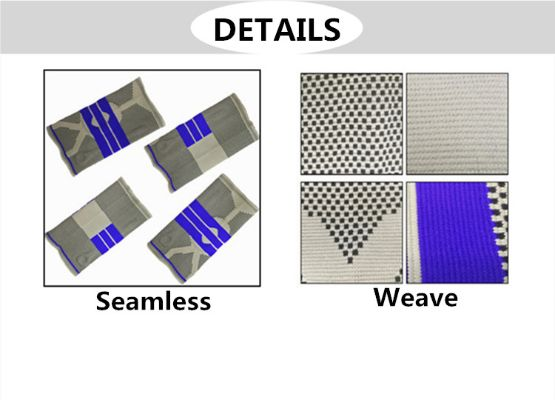
大家好,今天我们来讨论一下如何有效去除纺织品上的霉菌,霉菌是一种常见的霉菌污染问题,尤其在潮湿的环境下更容易滋生,为了保持纺织品的清洁和健康,我们需要采取一些有效的措施。
霉菌来源及去除方法
霉菌来源
霉菌主要来源于潮湿的环境,如潮湿的地下室、浴室、厨房等,纺织品在存储和运输过程中也可能受到霉菌的污染。
去除方法
(1)物理方法:使用吸尘器或空气净化器等设备,可以有效去除纺织品上的霉菌,这些设备可以有效地去除霉菌孢子、细菌和其他微生物。
(2)化学方法:使用专业的霉菌去除剂可以有效去除纺织品上的霉菌,这些去除剂通常含有高效的杀菌剂和防霉剂,可以有效地杀死霉菌并防止其再次生长。
案例说明
下面我们将通过一个具体的案例来说明如何去除纺织品上的霉菌。
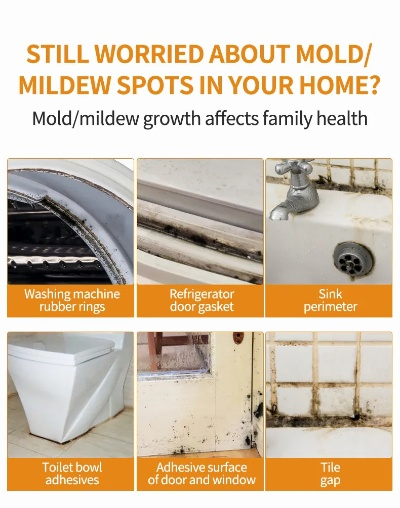
去除衣物上的霉菌
小明家里有一件棉质衬衫,由于存放不当,上面出现了大量的霉菌,他决定采取一些措施来去除霉菌。
使用吸尘器清除灰尘和杂物。
使用专业的霉菌去除剂进行清洗,他购买了一种专门用于去除霉菌的化学药剂,按照说明书的步骤进行操作,他首先用吸尘器清除衬衫表面的灰尘和杂物,然后用化学药剂浸泡衣物一段时间,最后用清水冲洗干净,经过这样的处理后,衬衫上的霉菌得到了有效的去除。
表格说明
以下是关于纺织品霉菌去除的一些表格说明:
纺织品霉菌去除方法对比
| 方法 | 优点 | 缺点 | 适用场景 |
|---|---|---|---|
| 物理方法 | 高效、简单、易操作 | 需要定期清理和更换 | 潮湿环境 |
| 化学方法 | 高效、全面、针对性强 | 需要按照说明书的步骤操作 | 需要定期清洗和更换 |
| 案例说明 | 小明家棉质衬衫案例 | 根据具体情况选择合适的处理方法 | 其他纺织品污染问题 |
纺织品上的霉菌去除是一个需要定期进行的工作,我们可以通过使用吸尘器或空气净化器等设备,或者使用专业的霉菌去除剂等方法来去除纺织品上的霉菌,在处理过程中,我们需要注意保持环境的干燥和通风,避免霉菌再次滋生,我们还需要定期清洗和更换清洗过的衣物,以防止霉菌再次污染,通过这些措施,我们可以有效地保护纺织品的清洁和健康。
Articles related to the knowledge points of this article:
The New Standard for Textile Heavy Metal Limitations
The Beauty of Textiles 3A for Washing
Printing Textiles with Which Oil墨?
High-End Fashion Trends with Lanlan Textiles
